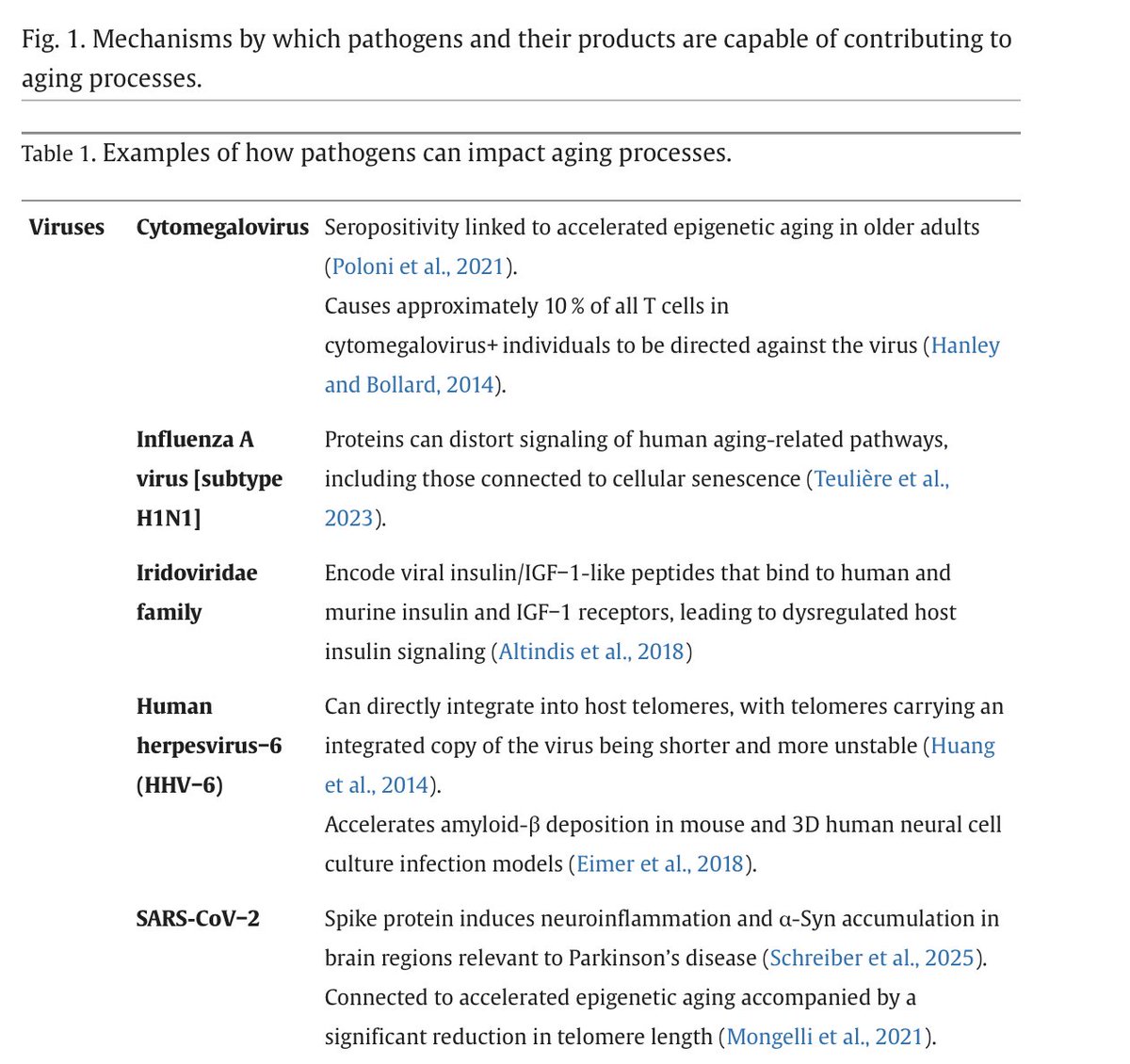This! The activity of the host #immune response largely determines whether #pathobionts acquired from an #FMT donor might become capable of virulence 👉 So including immune status in the study of FMT outcomes would be extremely informative
https://twitter.com/gibbological/status/1139258592962306048
IMO immune status should be included in the general study of #antibiotic resistant infection 👉 It’s no coincidence that most “superbug” infections occur in immunocompromised patients, often in hospitals (w/ patients on cocktails of steroids for procedures like organ transplants)
Because extrapolate that trend and consider that the immunosuppressive biologics used to palliate “#autoimmune” disease symptoms are the top selling medications in the world 👉 With top side effects of such drugs being “serious #infection by viruses, fungi or bacteria”(see below) 

We prescribe these immunosuppressive biologics to a growing # of patients b/c the incidence of nearly every chronic #inflammatory condition is on the rise (12% of USA adults have 5 or more chronic conditions) 👉 It follows that we are living in an era of mass immunosuppression 

Yet, for some reason, the impact of this mass #immunosuppression is seldom included in any analysis of the current “#superbug” crisis 👉 Rather we focus soley on #antibiotic use, without including host immune status in the picture. I explain more here: microbeminded.com/2018/03/31/ant… 

This lack of focus on host immunity may impact our study of yet other therapeutic interventions 👉 For example, #phages interact w/ the mammalian immune system☝️but most phage therapy cases have only involved very immunicompromised patients - will that impact outcomes?
• • •
Missing some Tweet in this thread? You can try to
force a refresh








